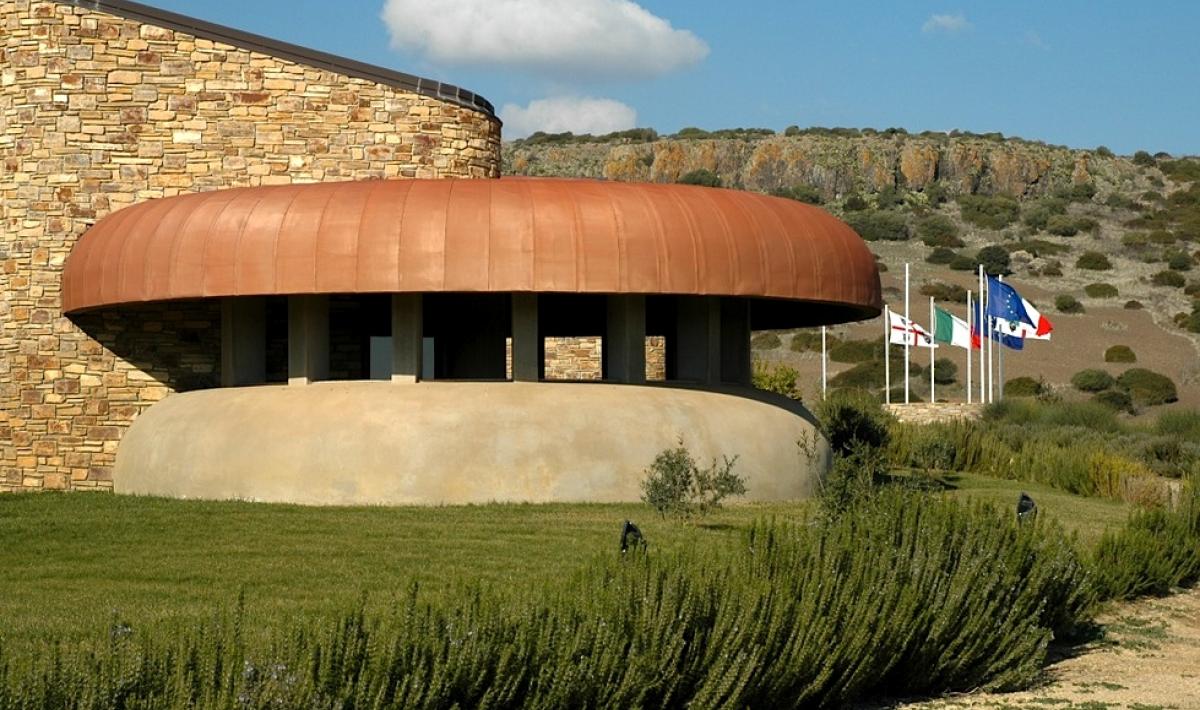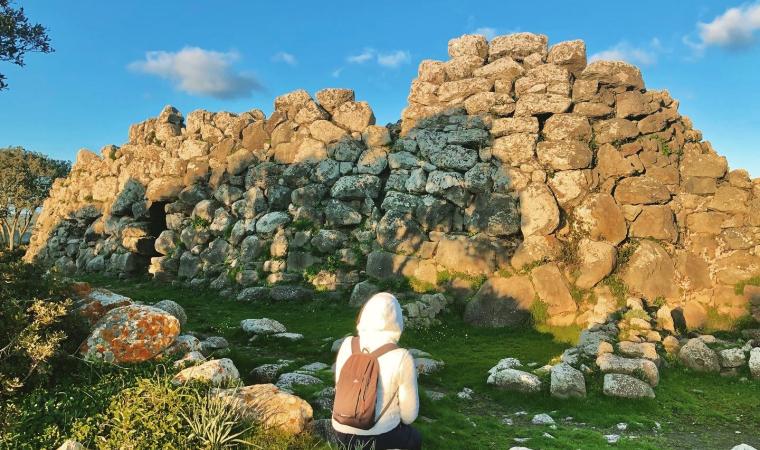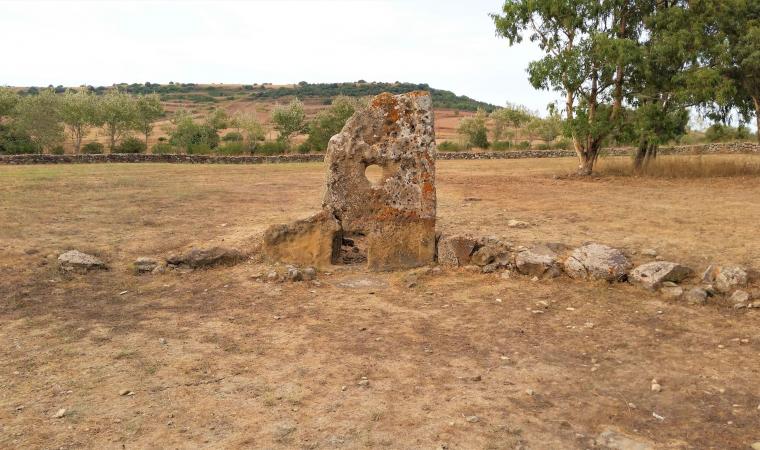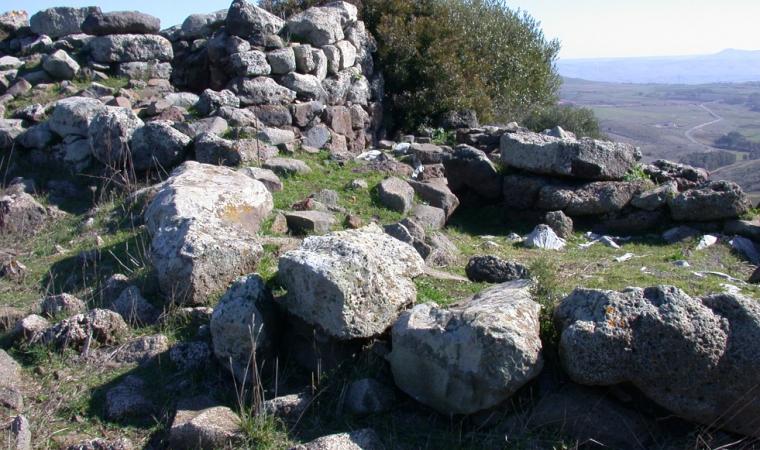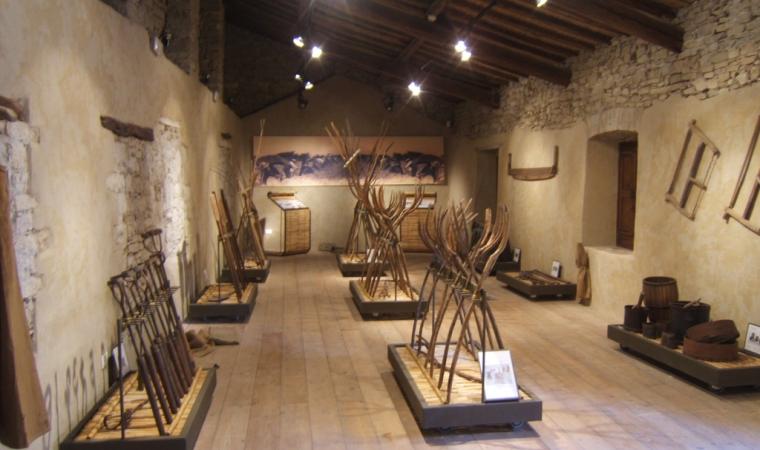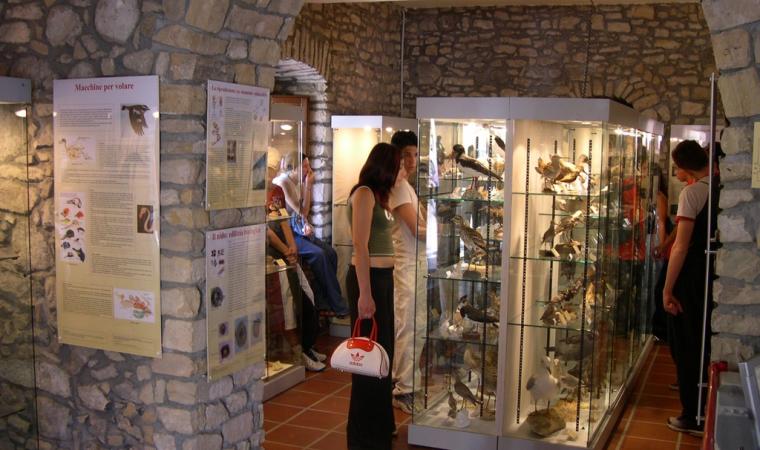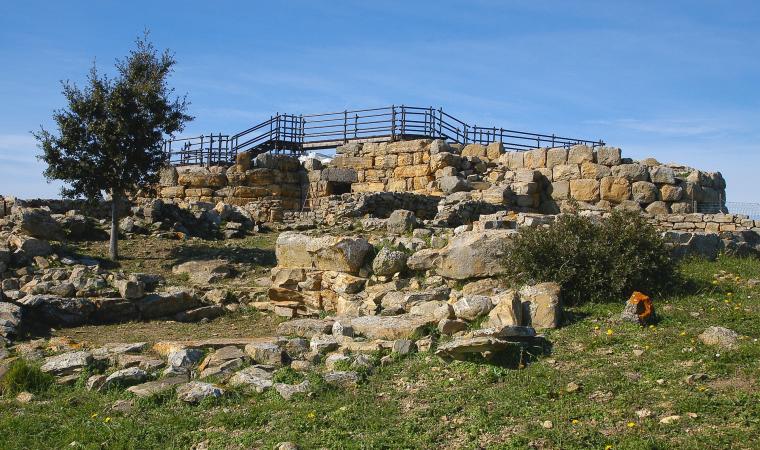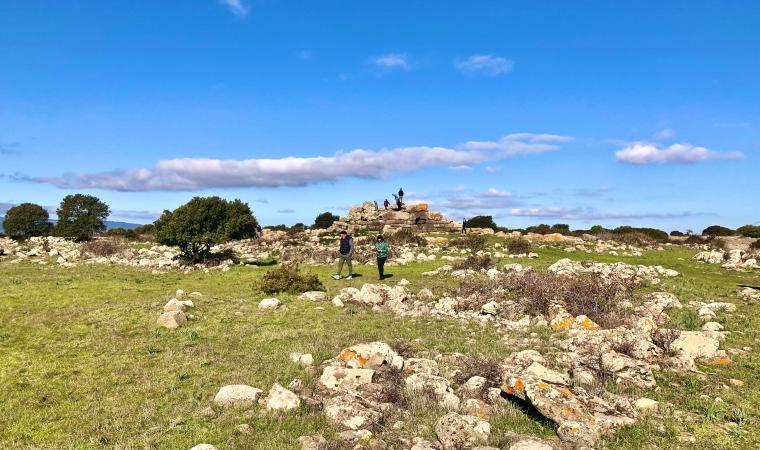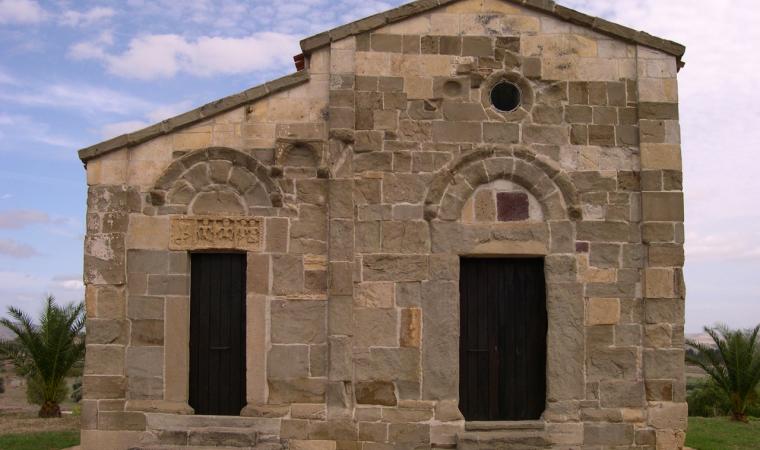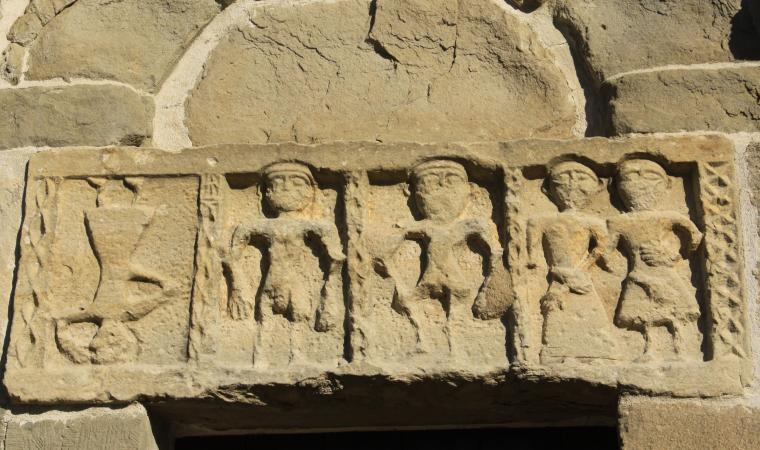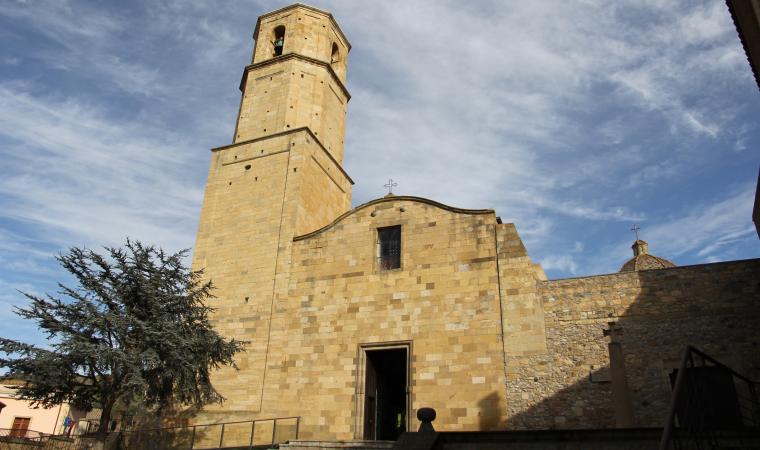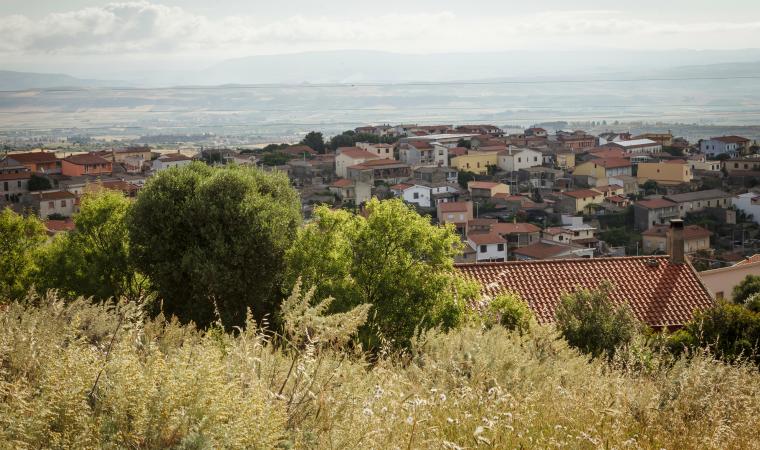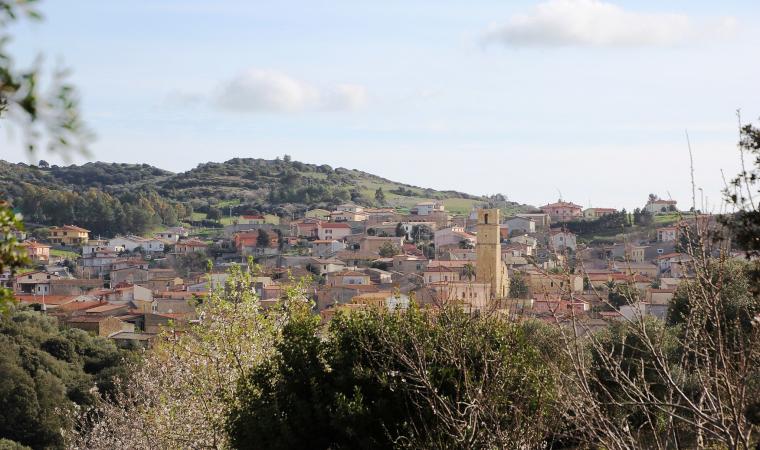The ‘Corona Rossa’ (Red Crown) is a basalt plateau, in the countryside of Collinas and Lunamatrona, covered in red lichens, highlighted by the sunset. Here, there is a singular museum, which is both a scientific hub and a cultural centre, able to welcome hundreds of thousands of visitors since its creation, with permanent exhibitions, organised in three pavilions - wildlife, botanical and anthropic - and international-level temporary exhibitions, among which ‘Dinosaurs’', ‘The Great Spanish Painters’, ‘Leonardo da Vinci’ and ‘Ancient Egypt’.
In the wildlife section, you can admire the largest and most complete display of dioramas in Sardinia: eight life-size three-dimensional reconstructions of local spaces populated by local plant and wildlife. You will see the ecosystems of the ‘giare’, holm oak woods, riparian environments and arid pastures. The botanical section is in turn divided into a fungarium, a xylotheque and an herbarium: you can enjoy a 360-degree exploration of the plant world. The showcases emanate a particular charm with a description of the use of medicinal plants over the centuries and panels with accurate descriptions of the mushrooms.
The anthropic pavilion contains an archaeological and an anthropological section. At the entrance, you will see the life-size reconstruction of a pre-Nuragic hut. Continuing with the visit, you can admire stone reconstructions of Nuragic monuments: polylobed fortresses, Tombs of Giants and sacred wells. During the excursus you will be aided by a comparative table of time, which compares the general prehistoric and protohistoric eras to the Sardinian eras, with evidence of the main events. The ‘anthropological’ rooms, on the other hand, show a ‘cross-section’ of rural life in Marmilla in the first half of the 20th century, through the eyes of the inhabitants of that period.
Owned by sa Corona Arrubia, currently organised in a travelling exhibition, there is also a collection of 200 traditional hand-made toys. The museum also periodically hosts conferences on scientific and cultural topics, presentations, art exhibitions and musical events. Outside, you can follow educational paths in the geobotanical park, where Mediterranean plant species are grown.
In addition to indicating the plateau on which the museum stands, Sa Corona Arrubia also gives a name to the consortium of 18 Municipalities of Marmilla, formed to promote the enhancement of local cultural heritage. The organisation is dedicated to Giovanni Pusceddu, historic mayor of Villanovaforru, one of the main promoters of the initiative.
As well as seeing the full-scale Nuragic replicas in the museum, in its surroundings you can also admire ‘authentic’ archaeological evidence: in Lunamatrona, there is su Cuaddu de Nixias, the most ancient Tomb of Giants discovered, and the protonuraghe Trobas; in Villanovaforru, there is the nuraghe Genna Maria and the Civic Archaeological Museum; in Collinas, there is the nuraghe Concali and the tomb of sa Sedda de sa Caudela.

